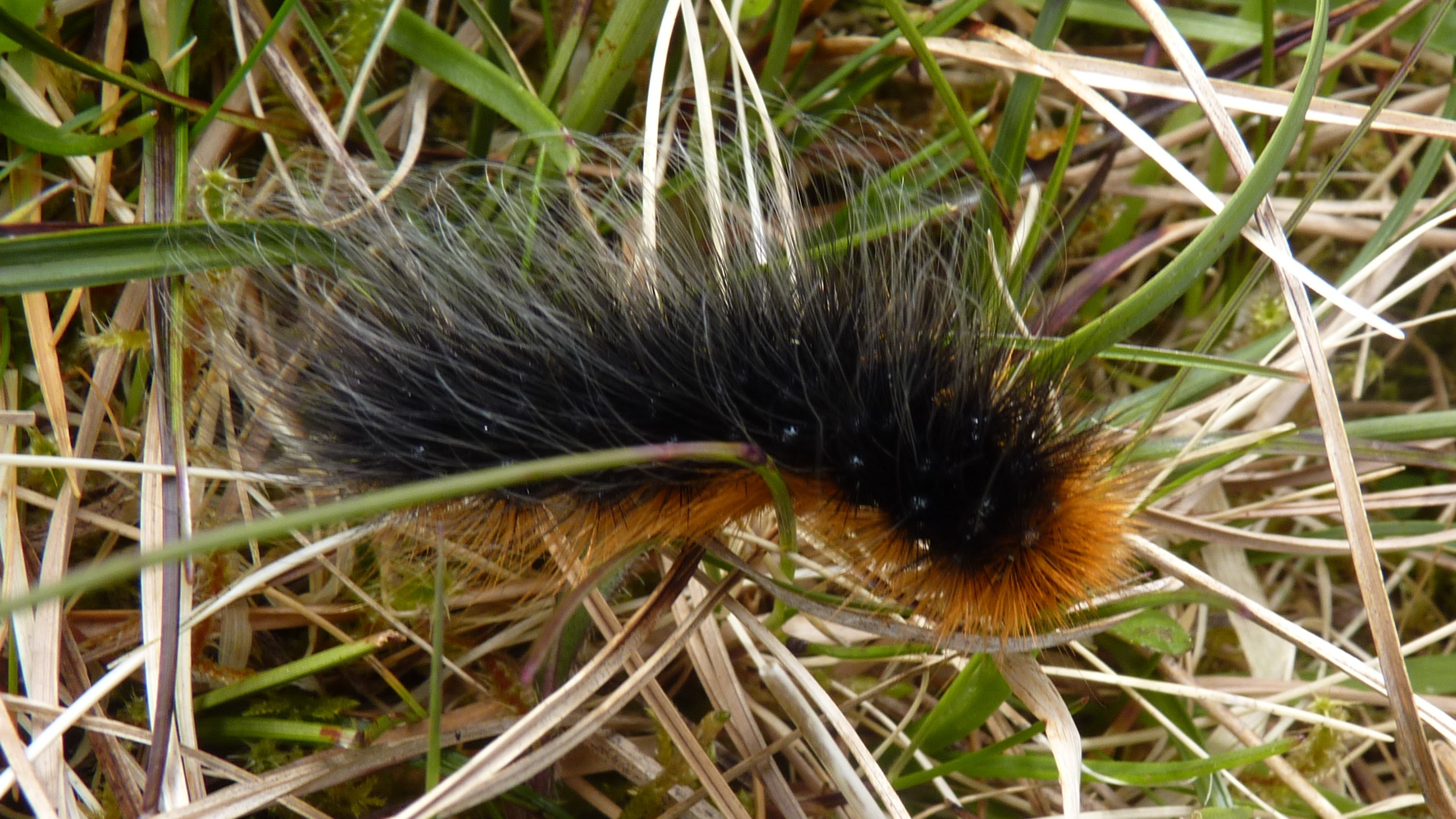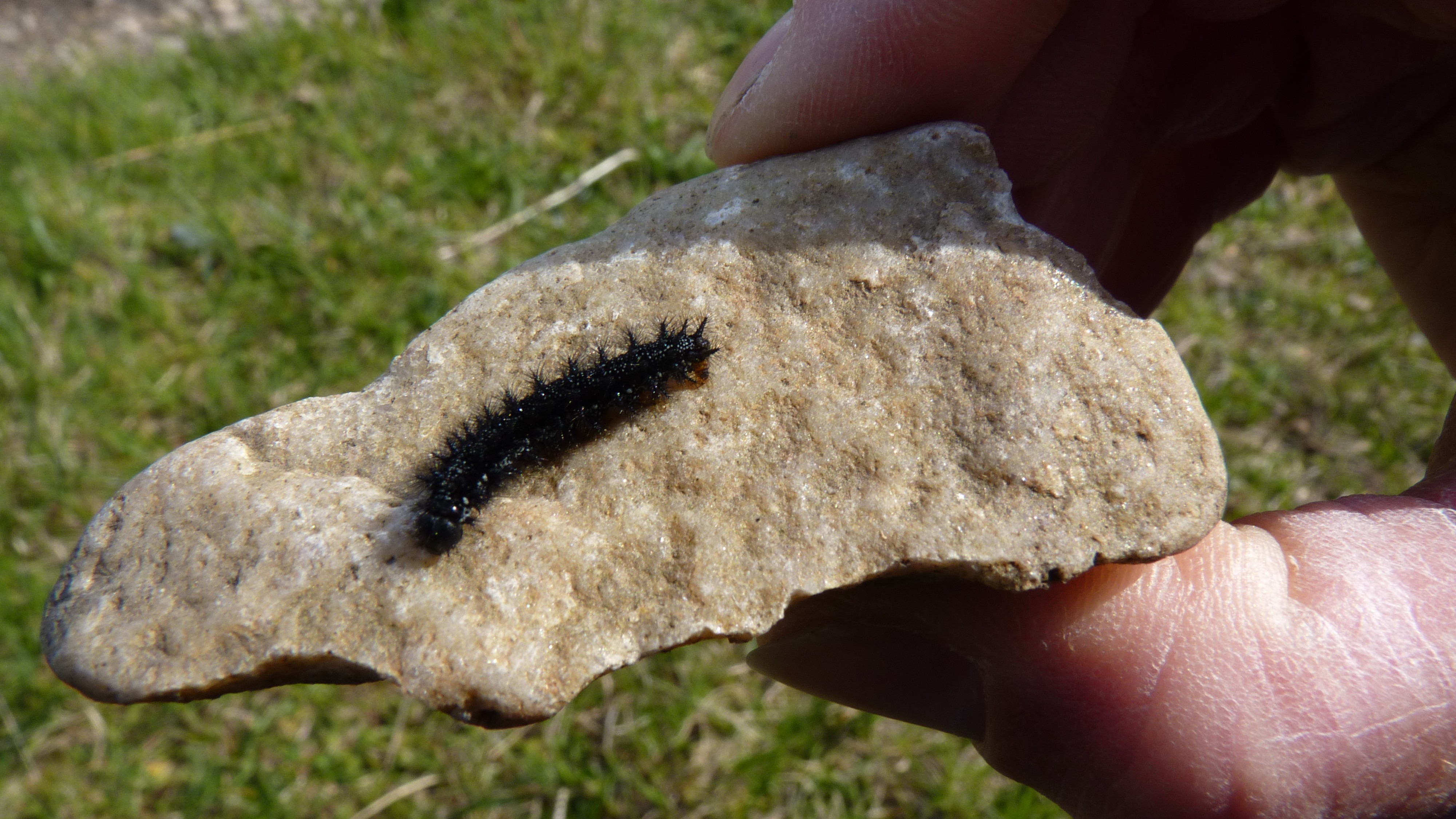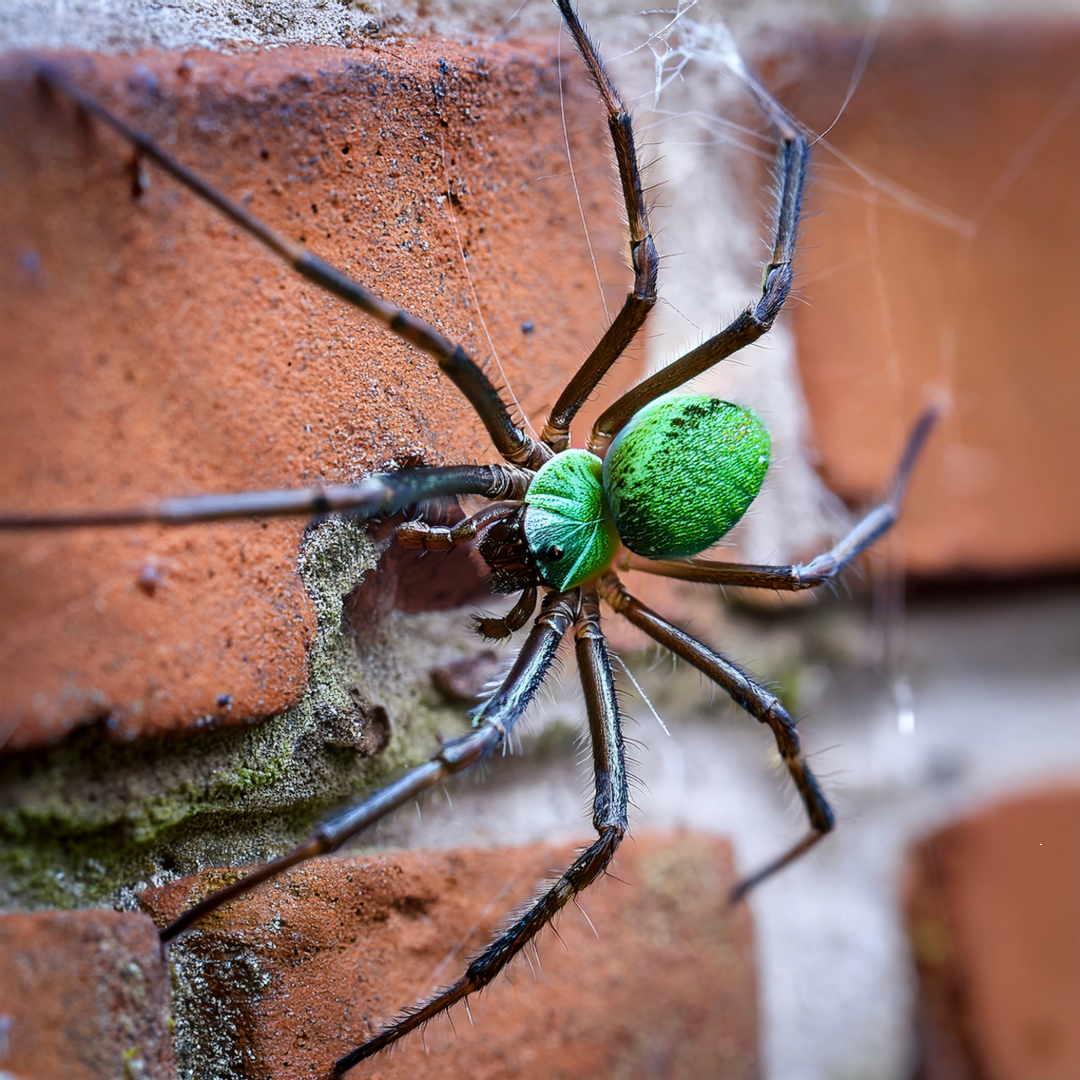
On 19 May, we’ll unveil London’s most astonishing arachnids and larvae—including the goat moth caterpillar (a 10cm-long, goat-scented wood-borer) and crab spiders that paralyse bees mid-flight. Discover why some male spiders wrap mates in silk before courtship, and where to spot venomous silk-weavers lurking in brick crevices.
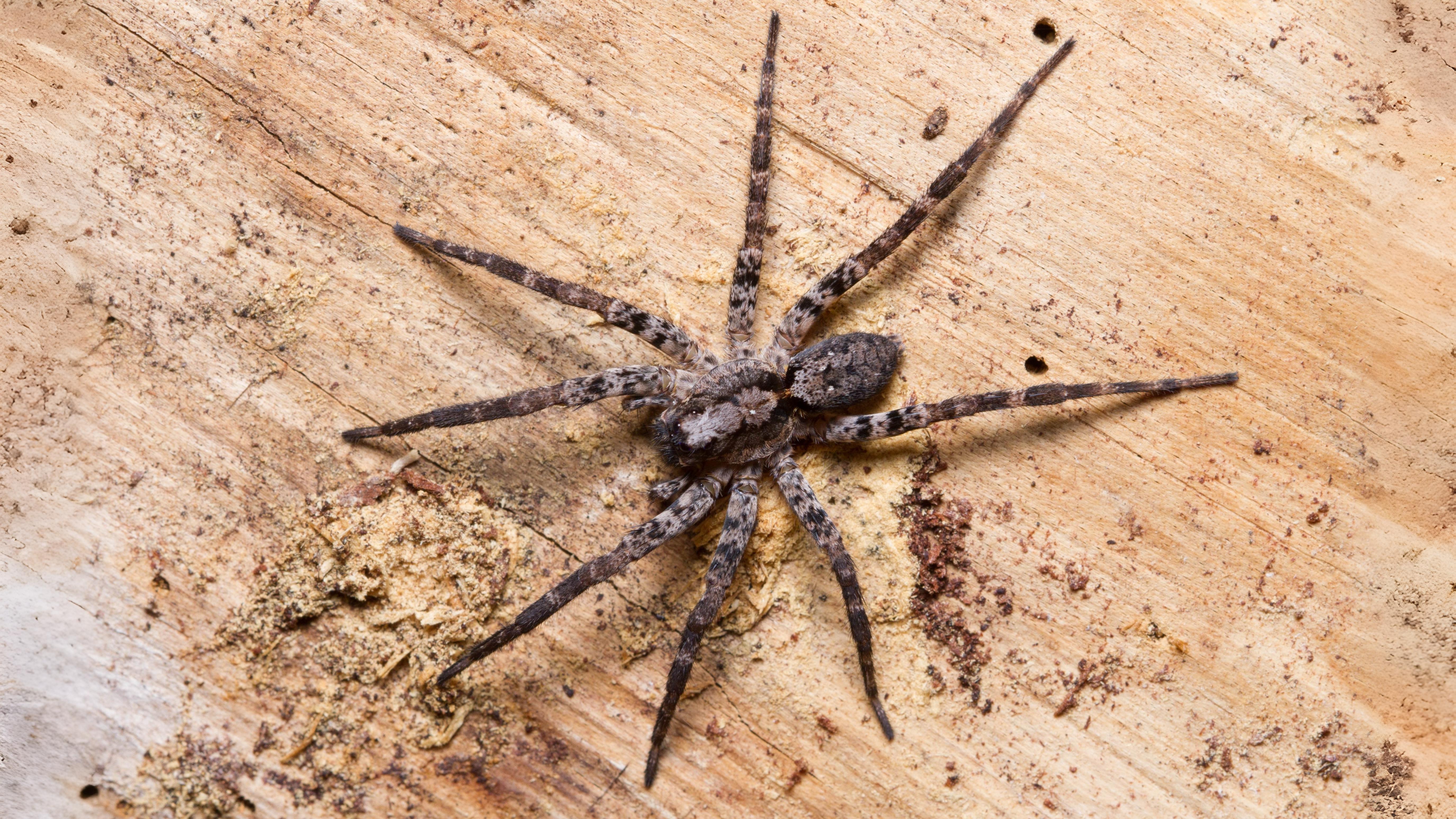

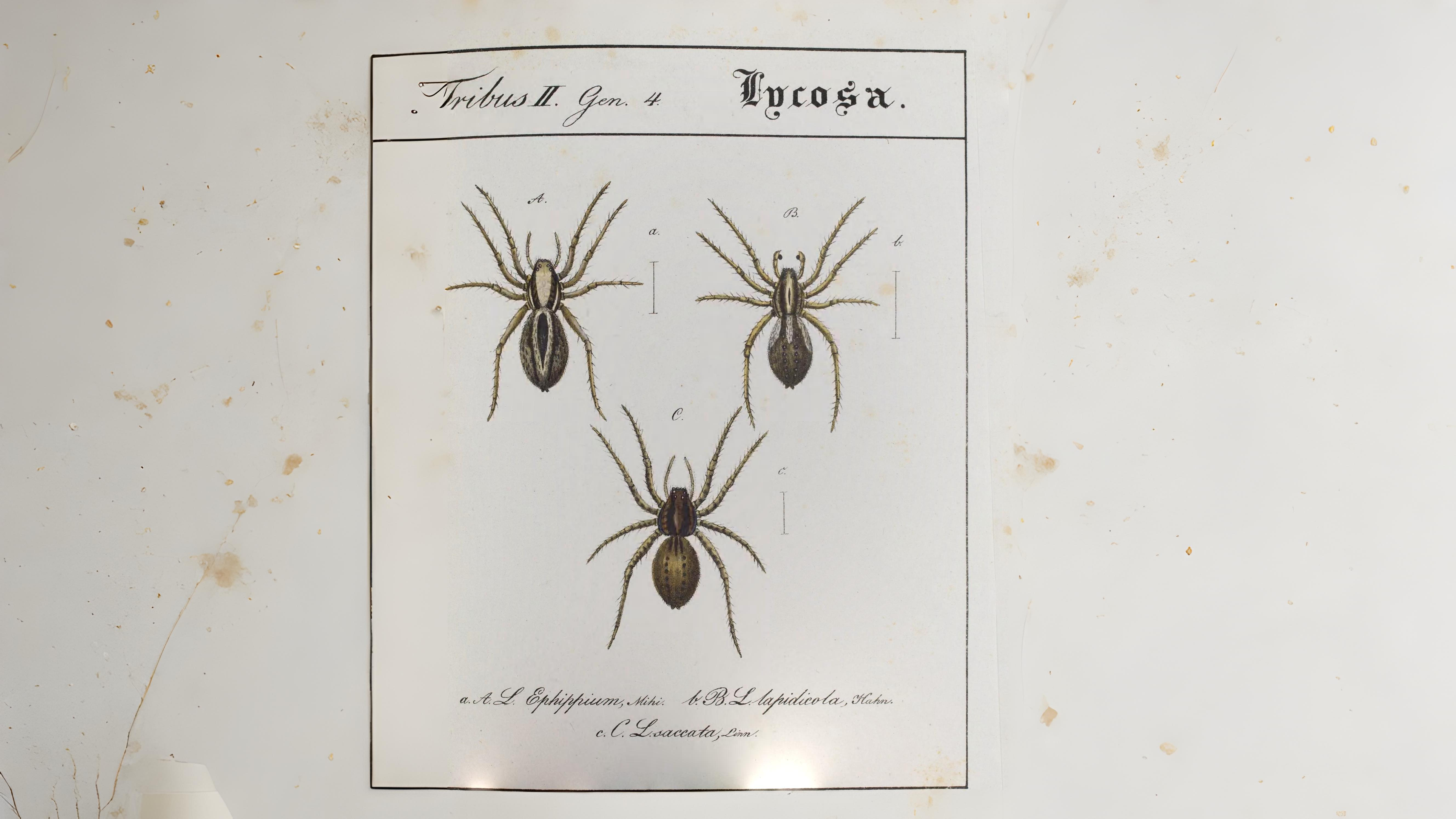

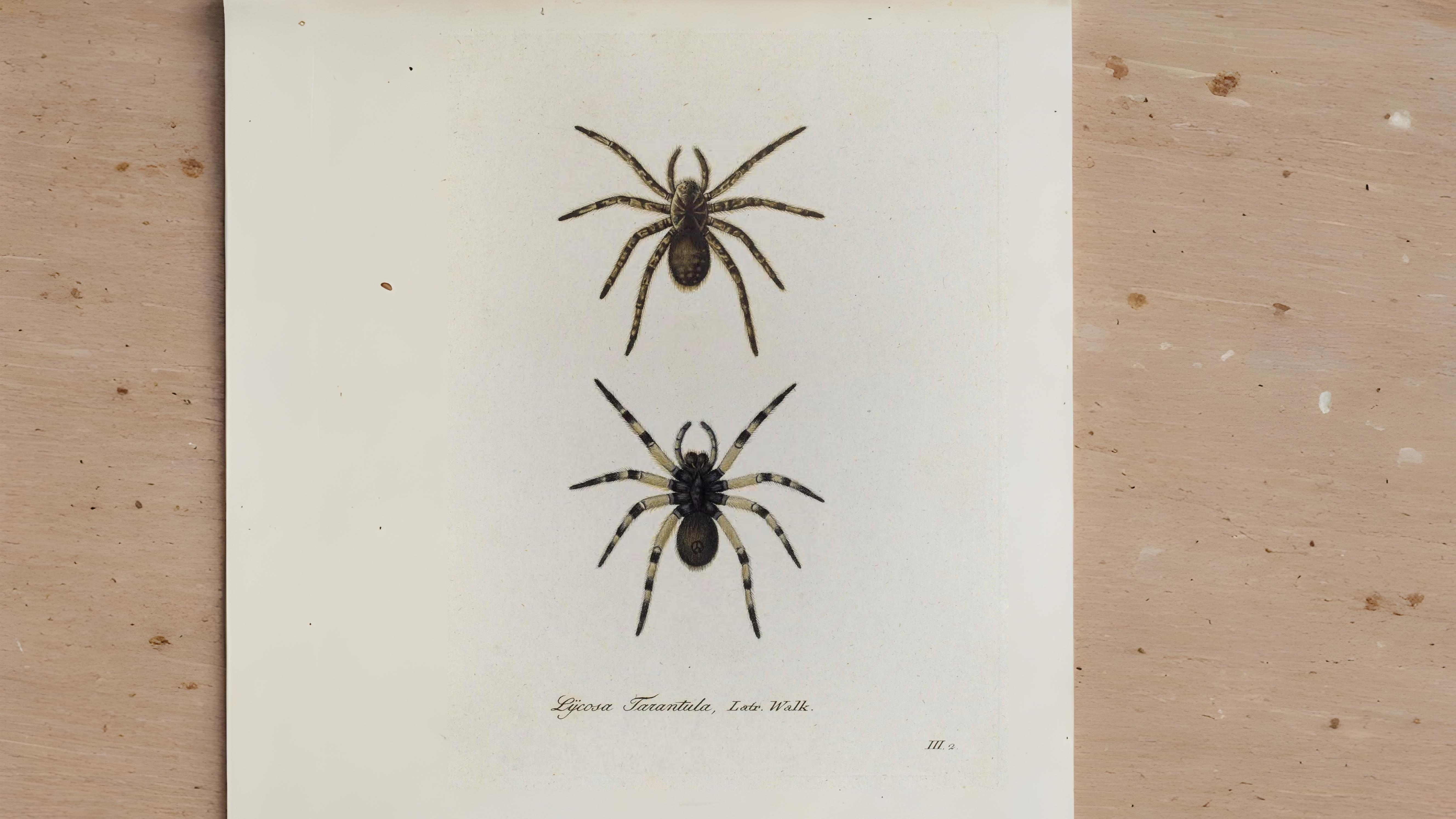

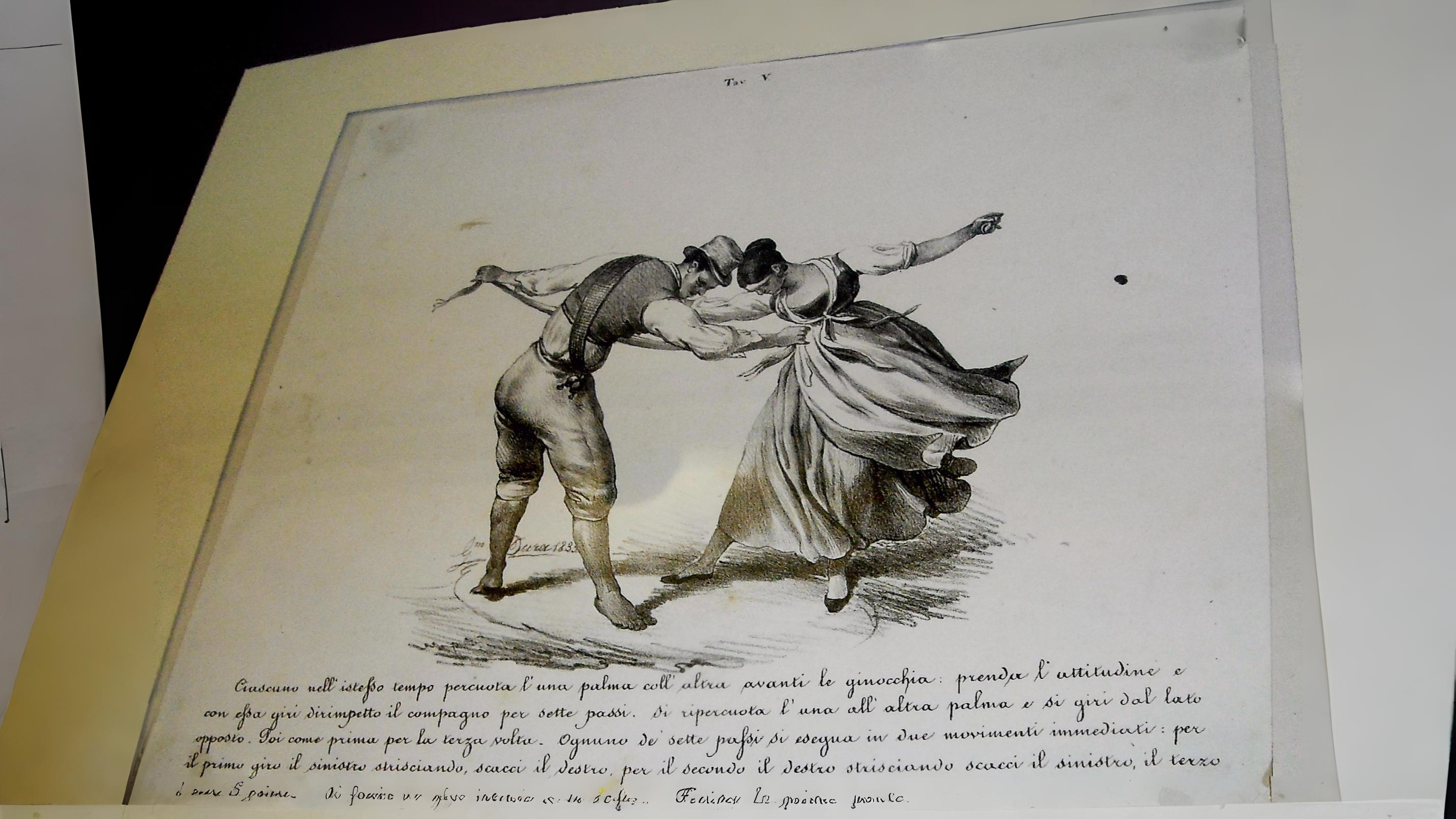

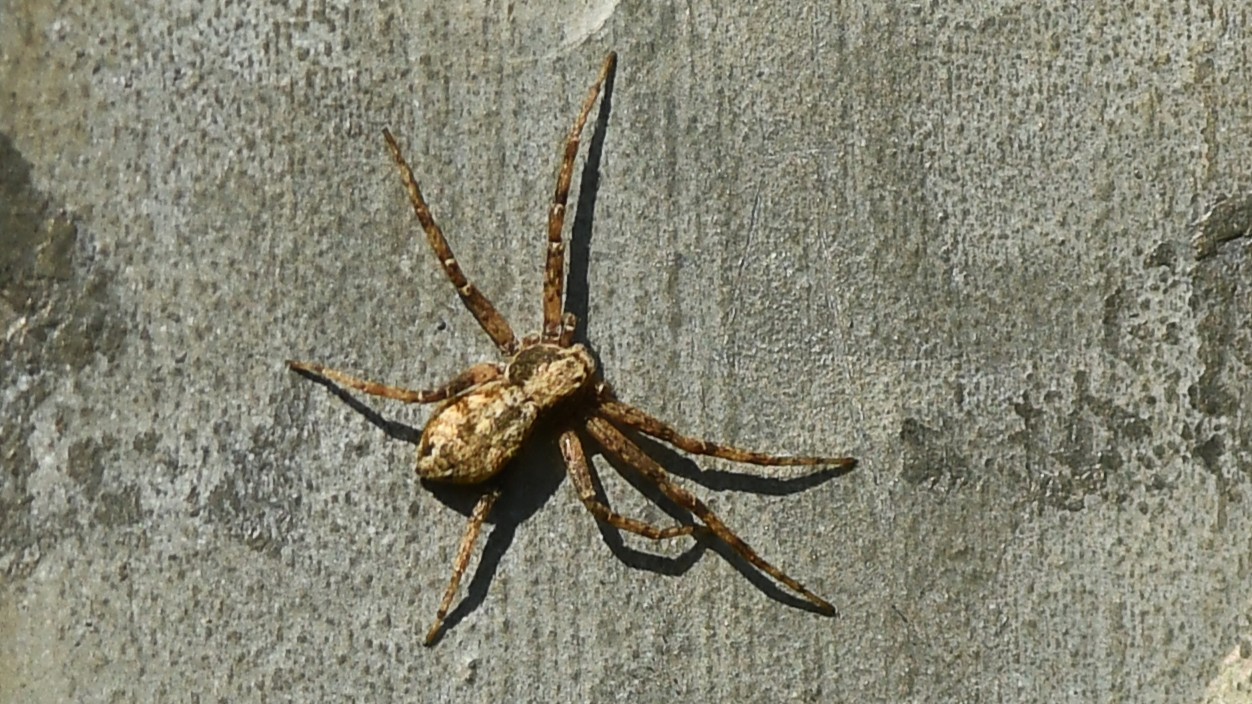

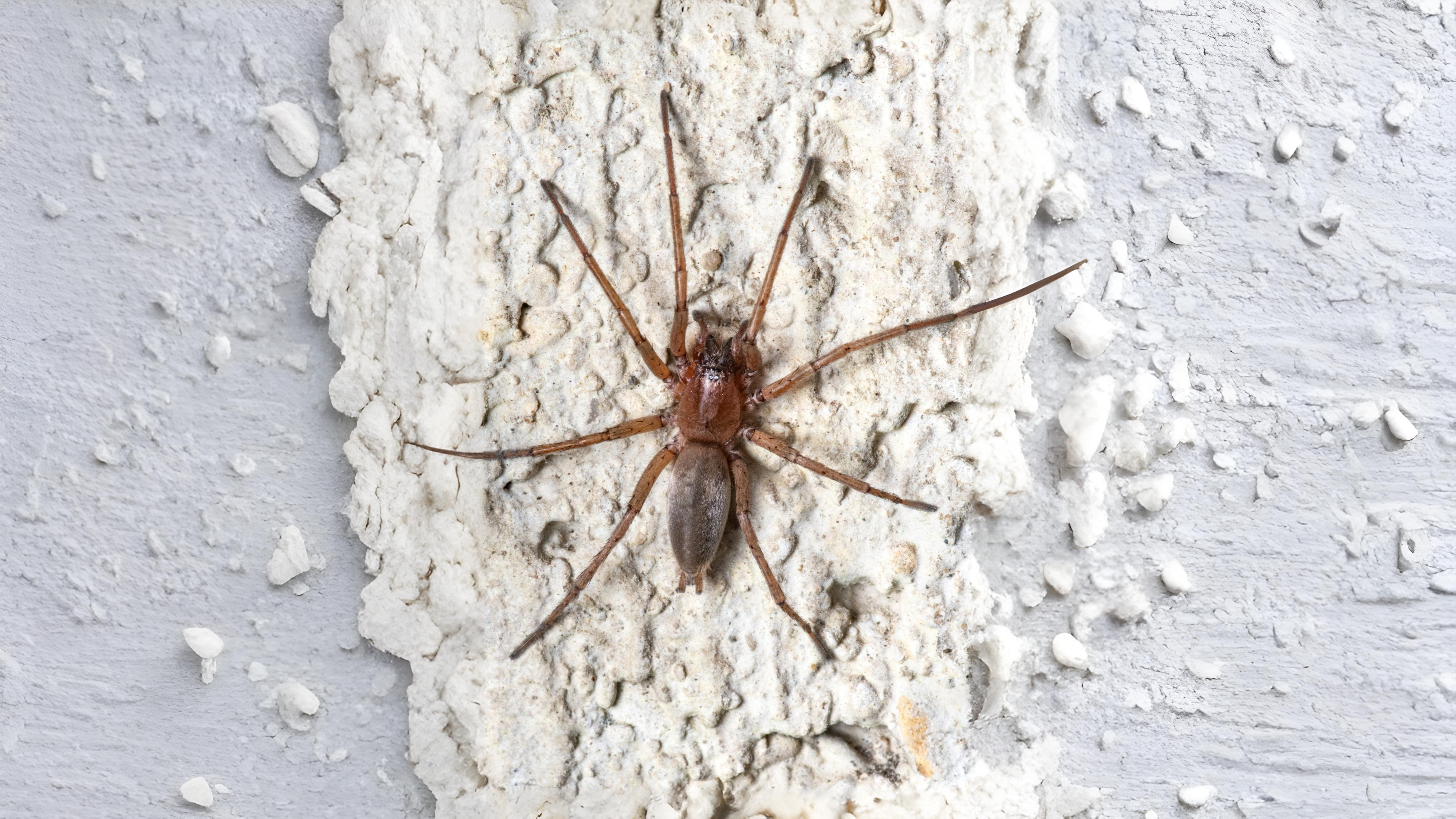



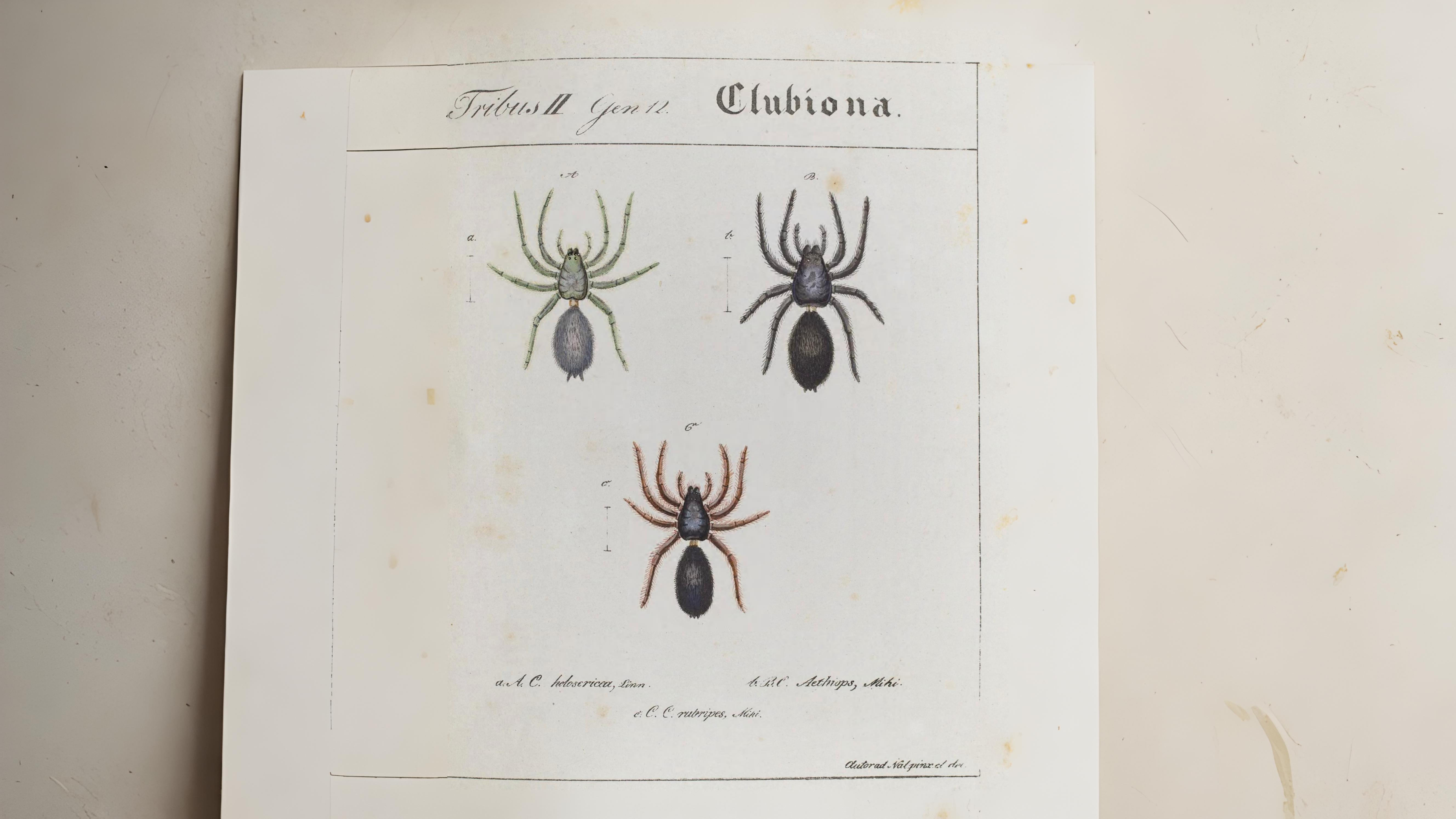

The traditional way to find caterpillars was to “beat” or rather tap foliage and then collect what fell off in a white tray or even an upturned umbrella. It is also useful to sweep with a net native trees, shrubs, herbs and grasses particularly those that are known food plants of particular butterflies and moths. Sometimes they are more easily noticed if they co-exist in silken tents or perhaps just spin leaves together prior to pupating.
Lackey moth caterpillars may well have spent the winter in silken tents and on warm days in May they are sometimes seen on the outside of the tent basking in the sun. They are large (45 mm) caterpillars with greyish-blue bodies, with white, black and orange-red lines all covered in reddish-brown hairs.
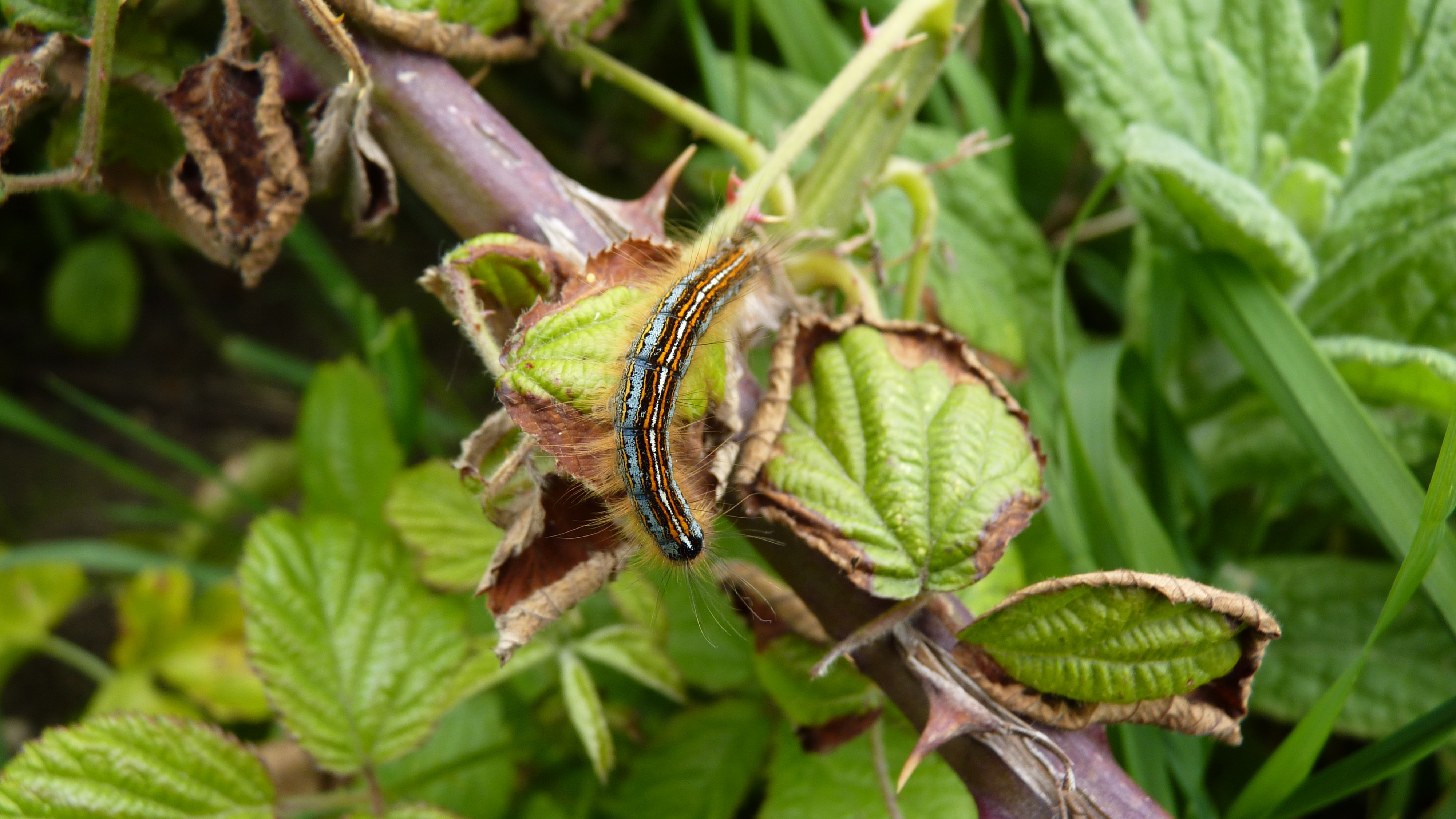

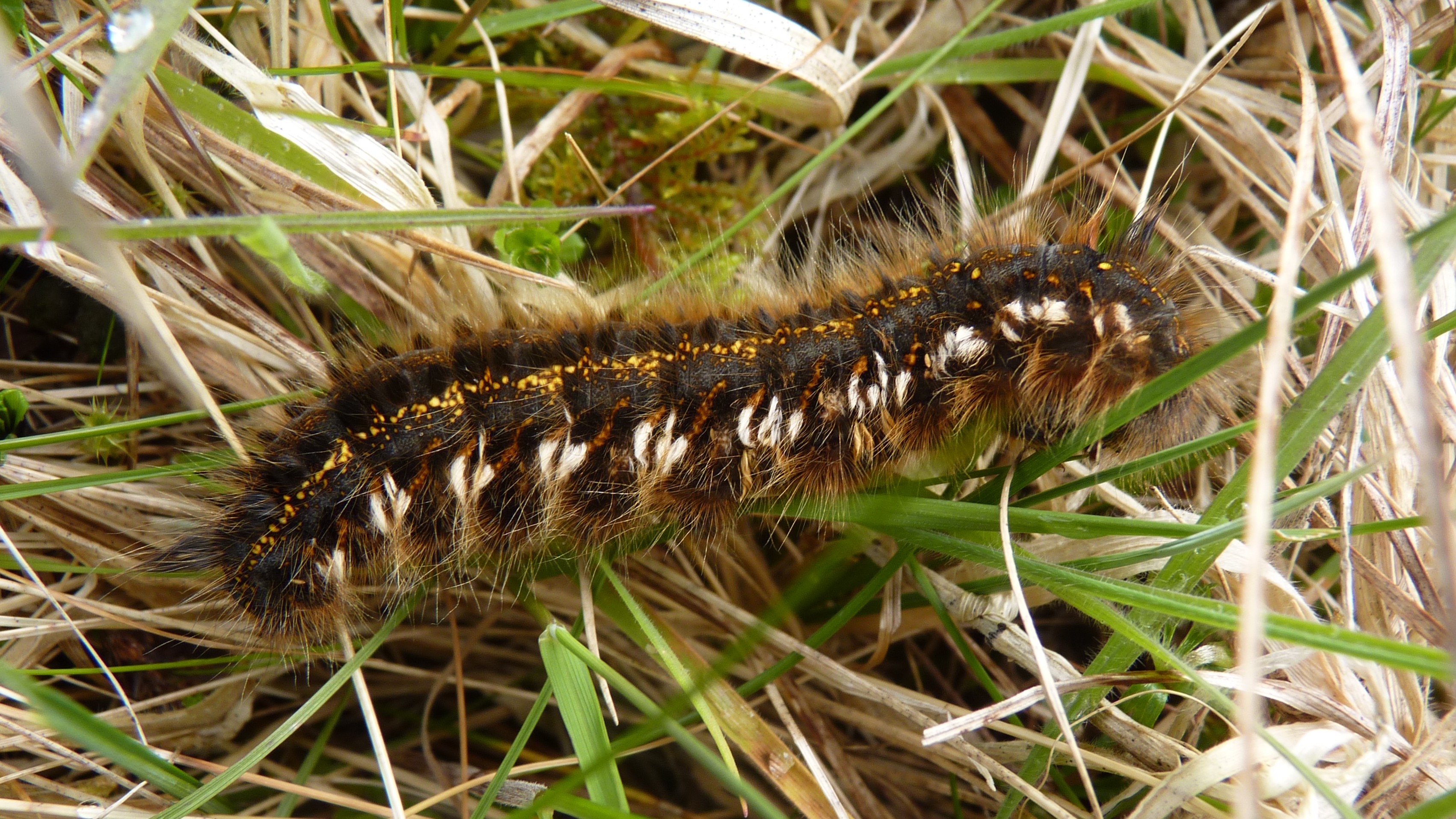

For sheer size and excitement that most impressive caterpillar you are ever likely to encounter in London is that of the goat moth. It can reach an astonishing 10 cms in length. It is purplish-red with orange sides, a shiny black head and has a distinct smell of goats. Like a number of other caterpillars we tend not to see it as when it hatches from an egg it bores straight into wood. It feeds on the heartwood of oak, ash and poplar trees and does so for as long as four years, gradually increasing in size before pupating. We only really ever get a chance to see it when old wood is accidentally split or broken open in some way.
